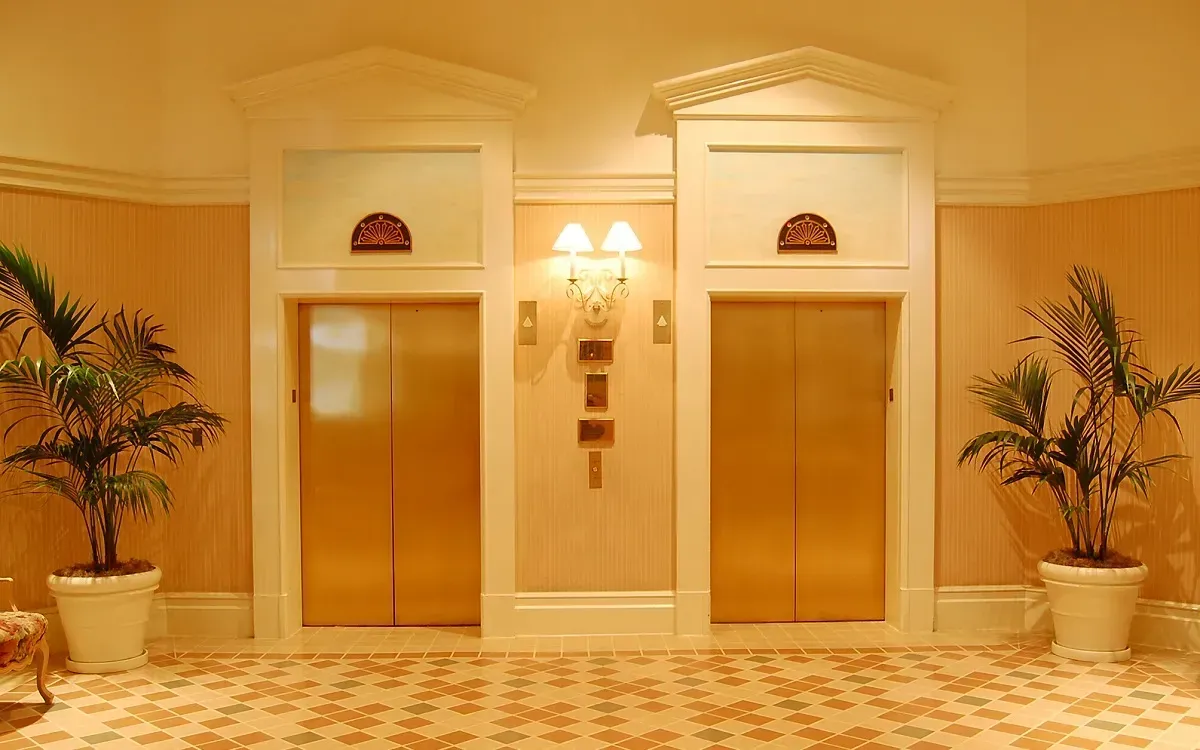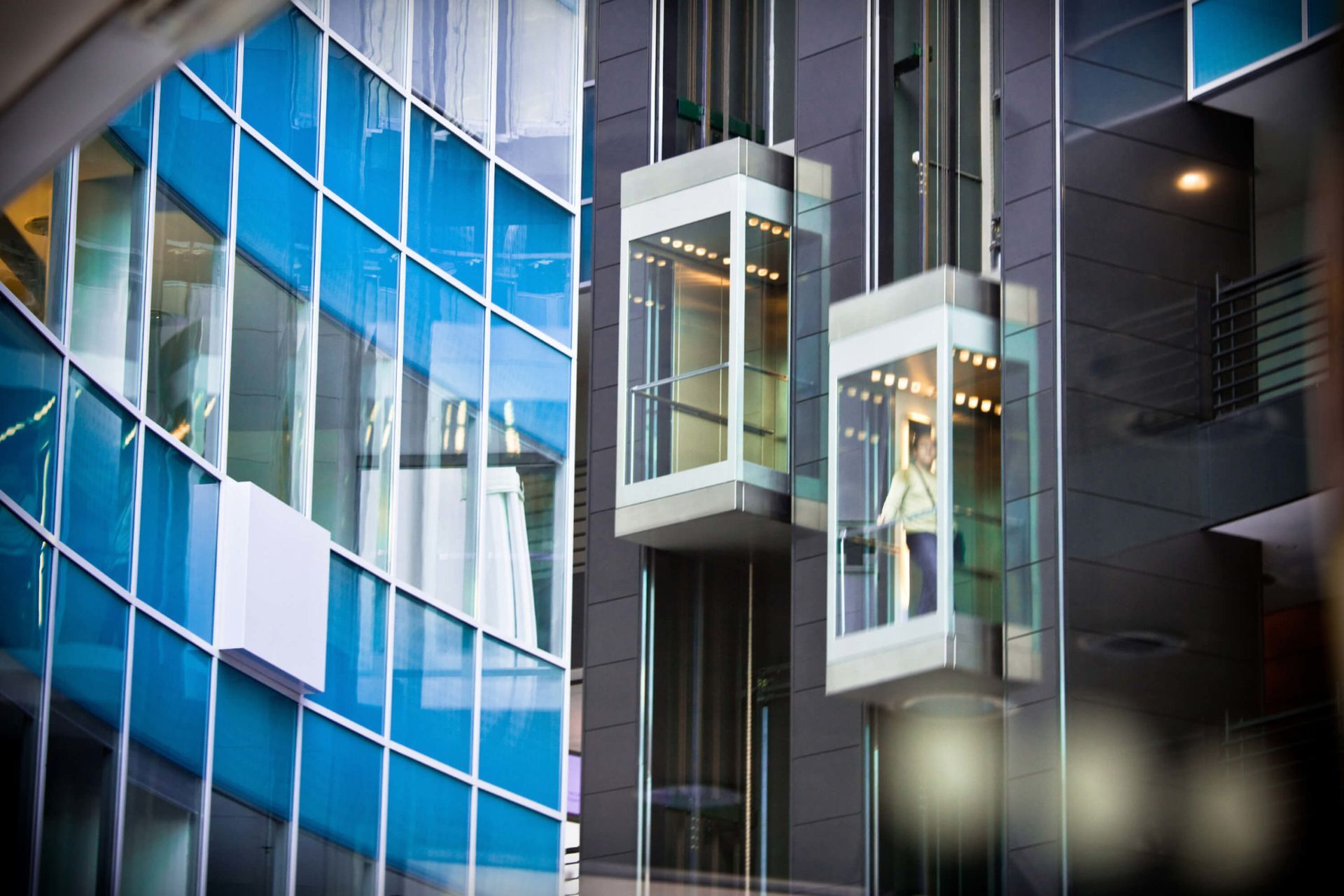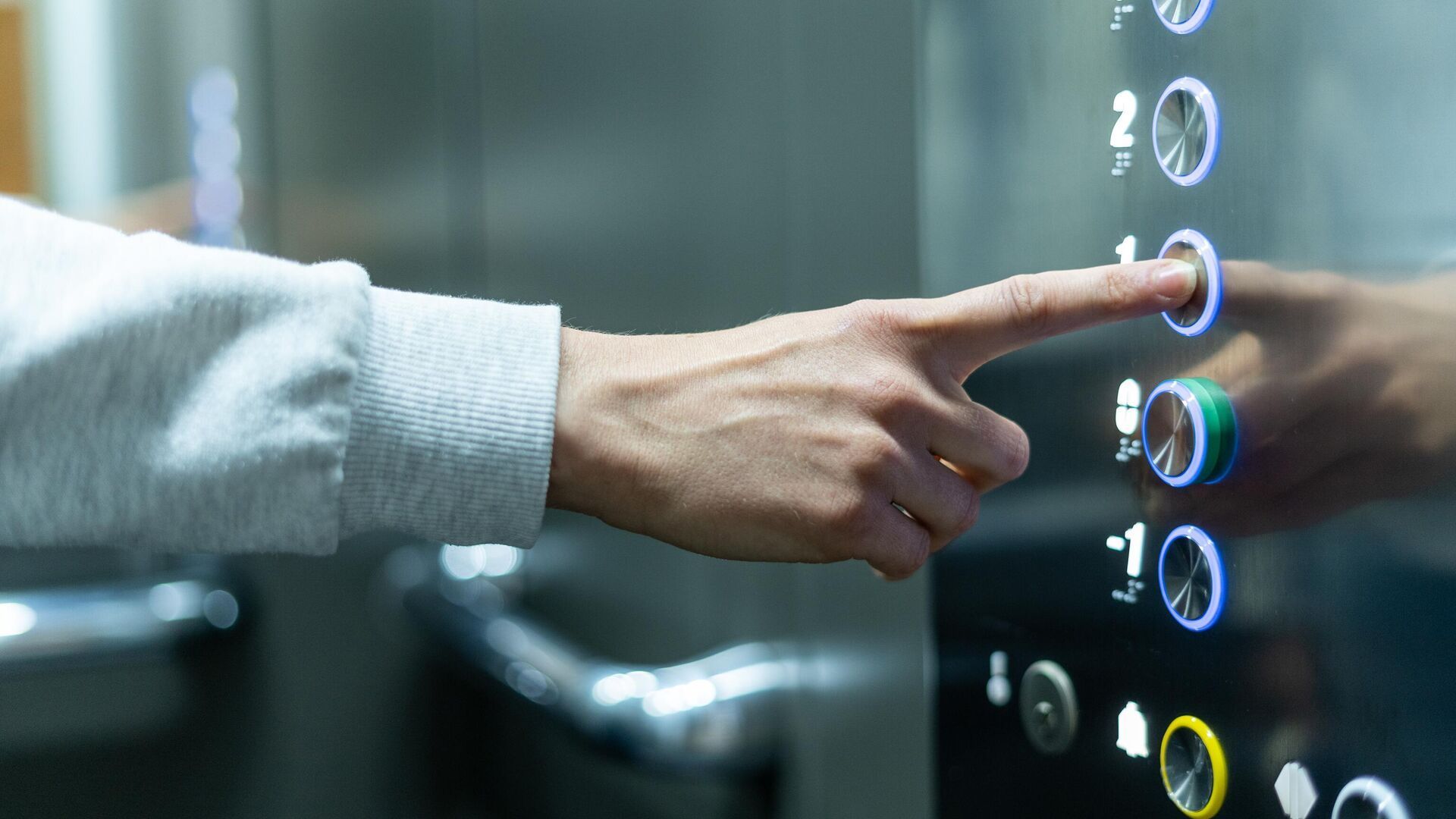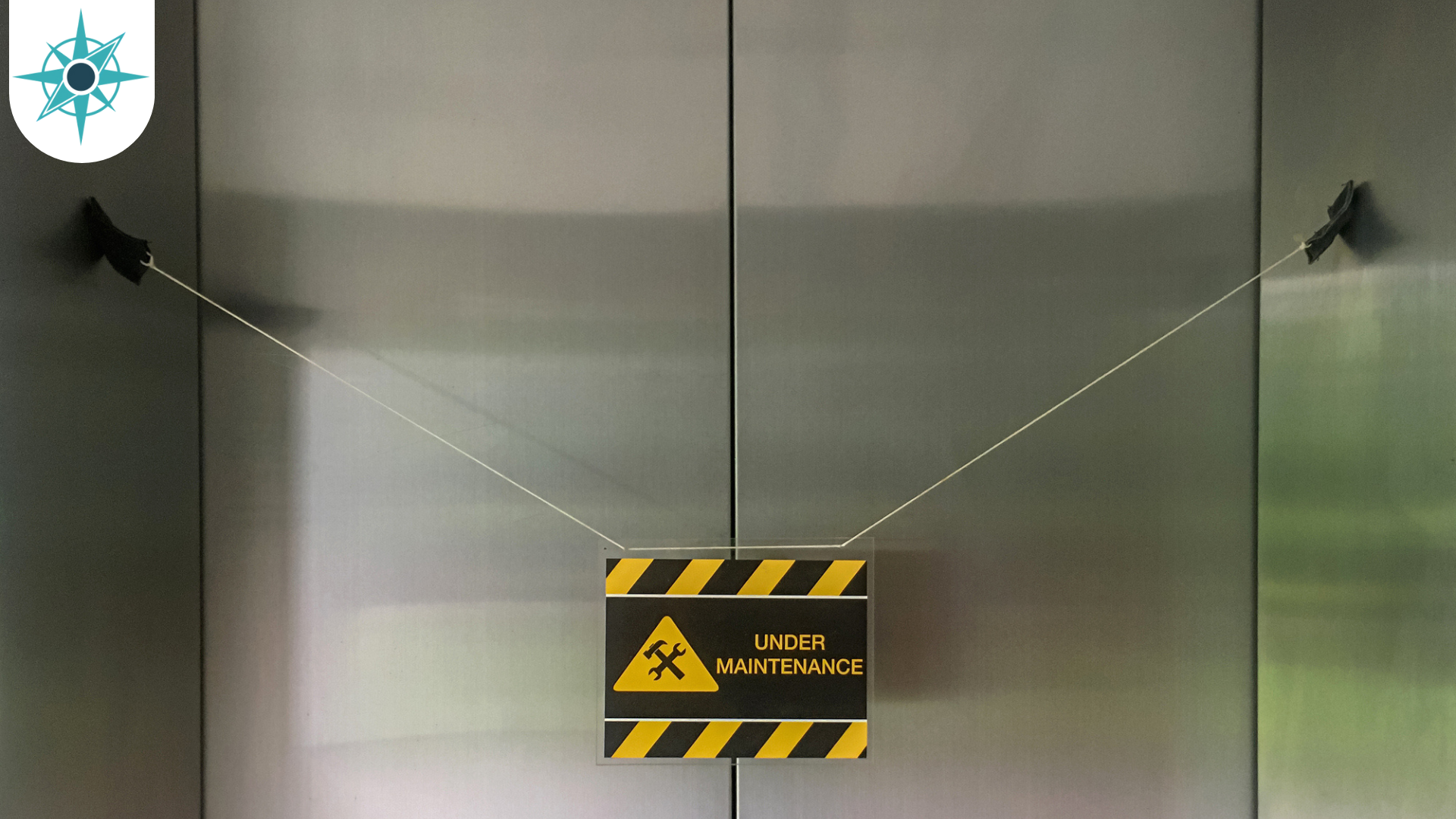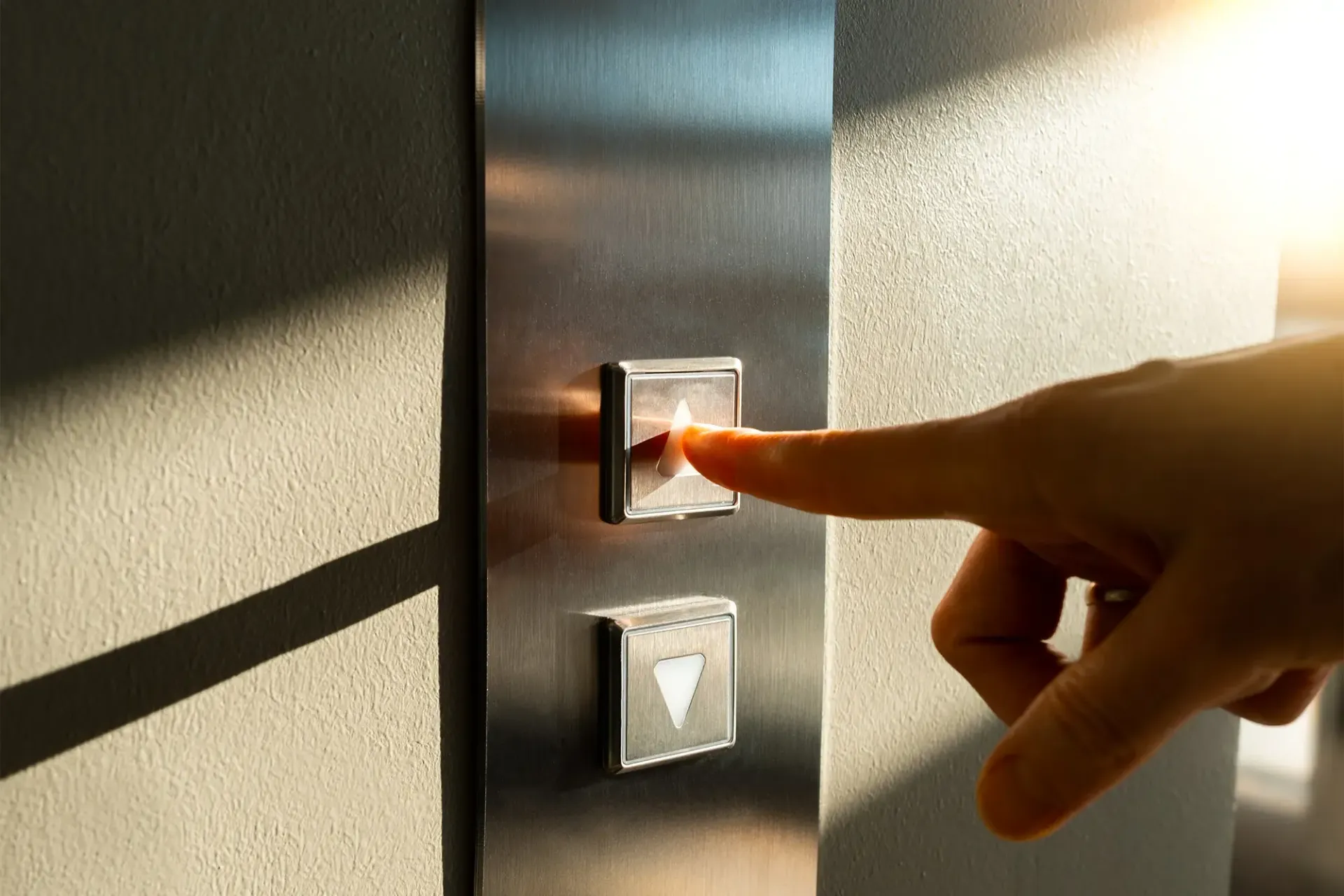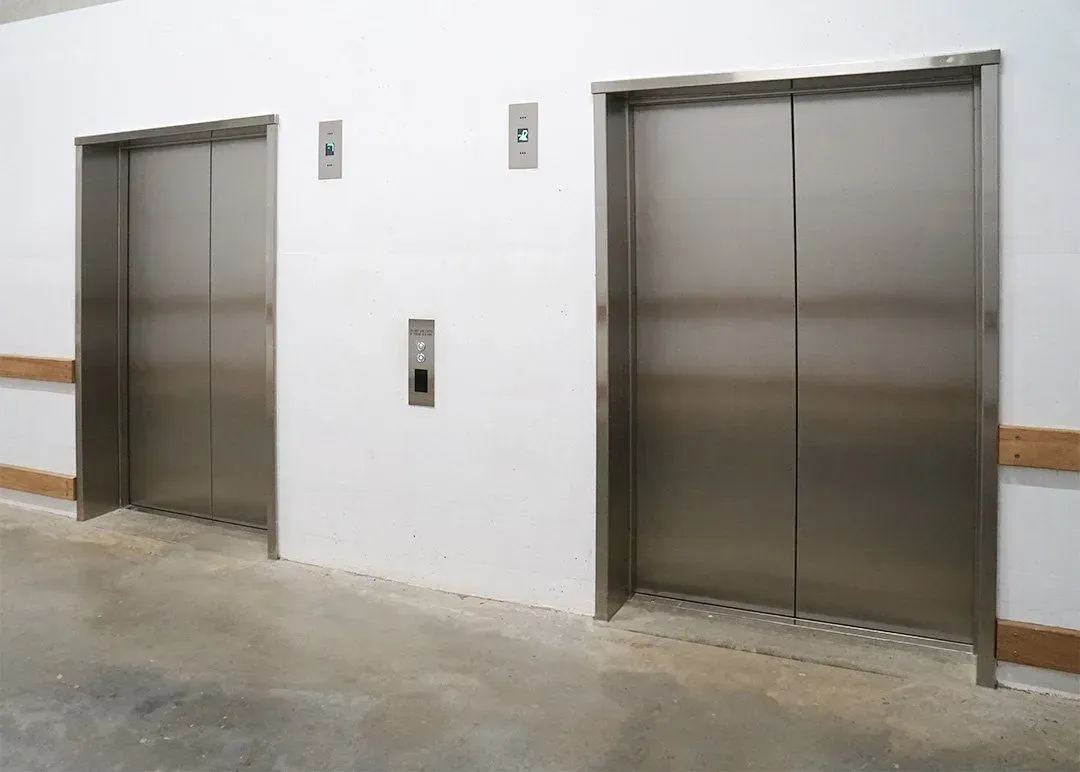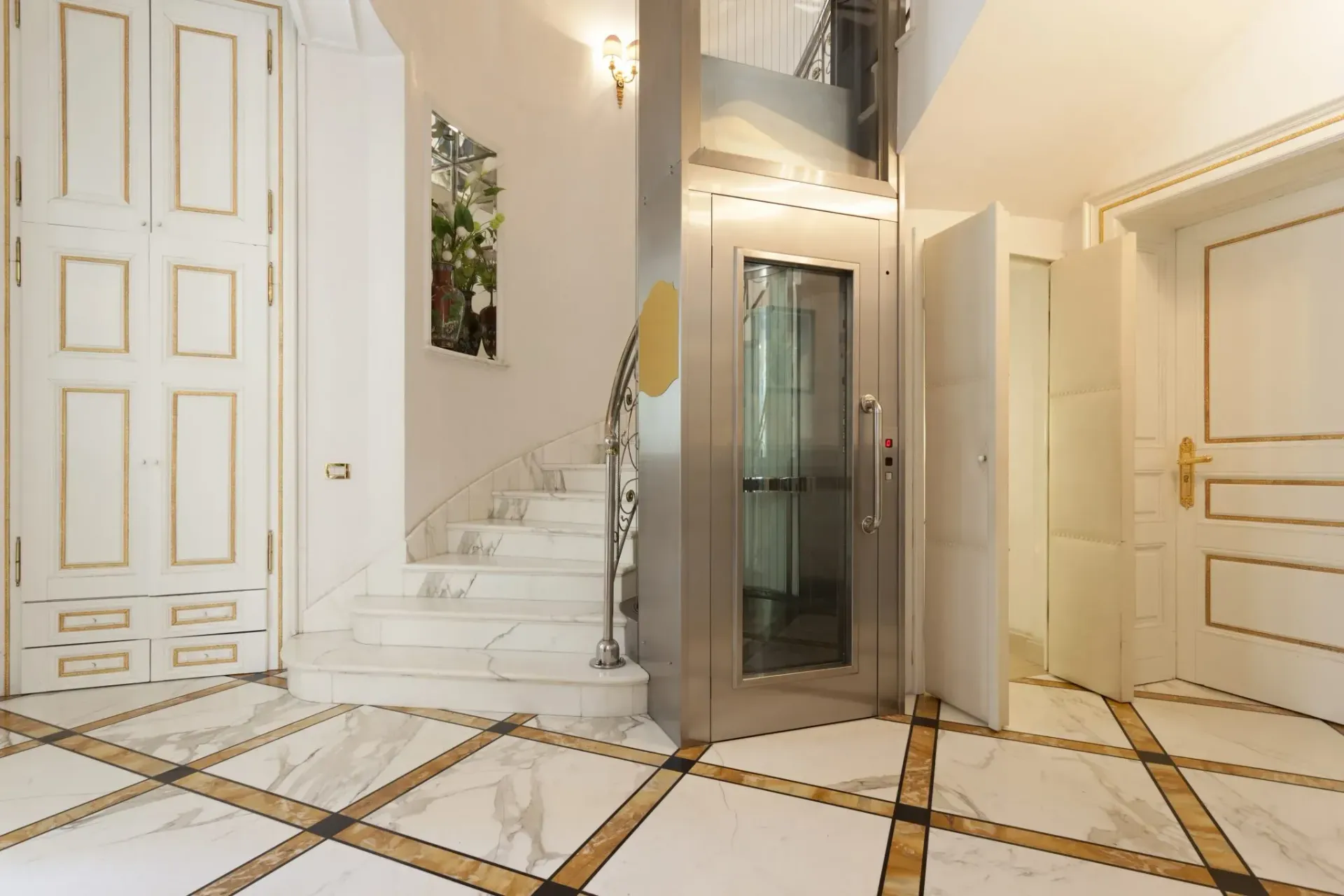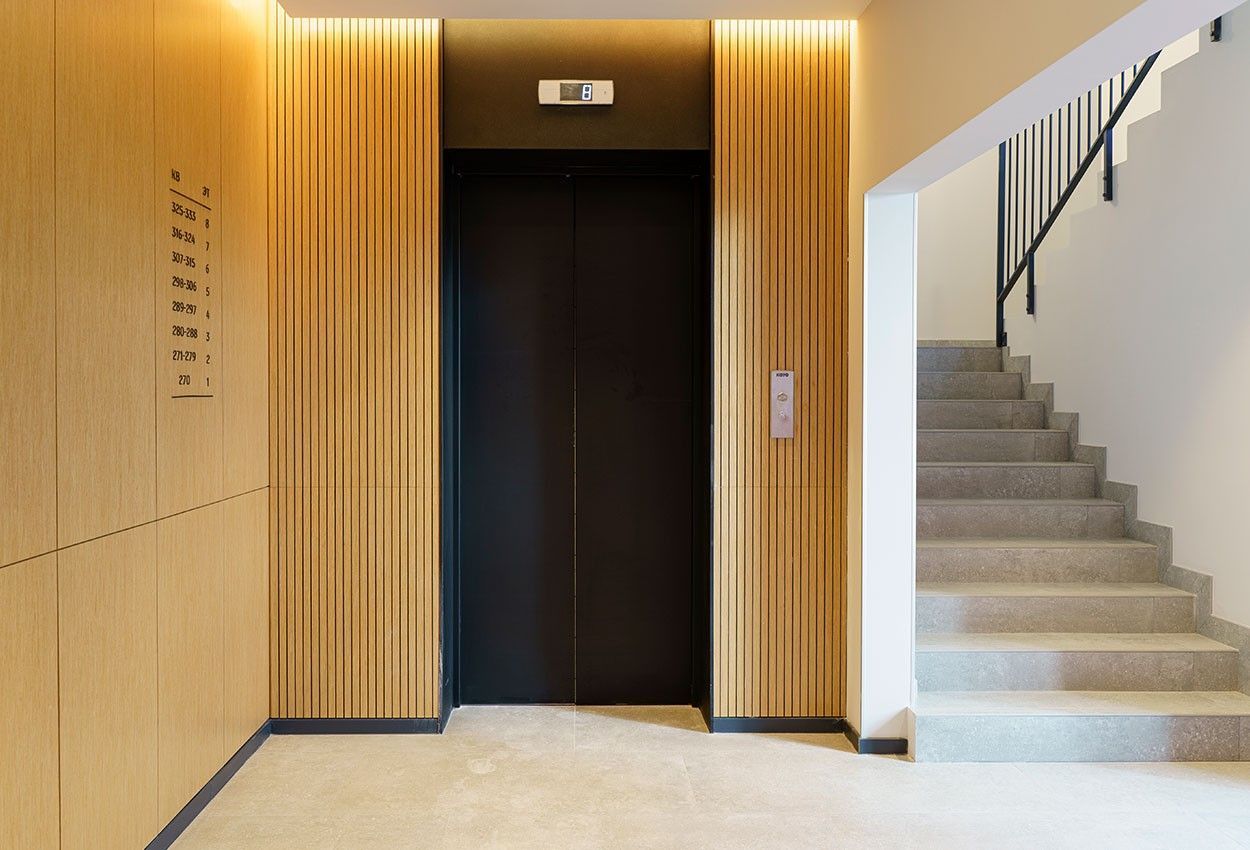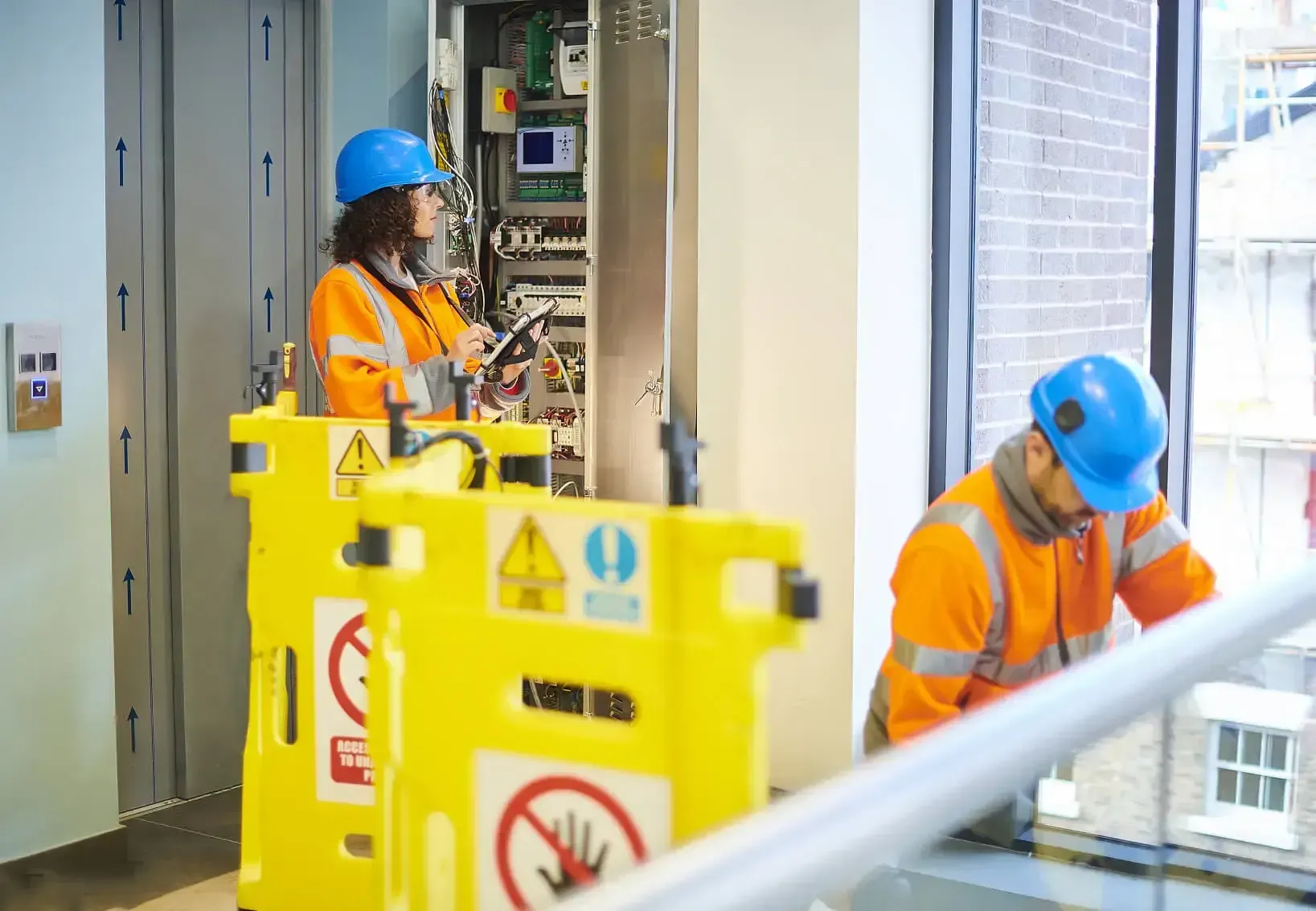Why Is Being Afraid Of Elevators A Very Common Fear?
Fears surrounding elevators are bizarrely very common indeed amongst the population. However, the route of this fear and its extensive popularity is rather interesting. This article aims to fulfil your knowledge gap in this field of fear!
Claustrophobia
Claustrophobia is one of the primary root causes of lift anxiety and fear and they’re often, especially within the retail realm rather tight spaces.
What is claustrophobia?
The unreasonable fear of enclosed environments is known as claustrophobia. People who suffer from claustrophobia may frequently make an extra effort to avoid enclosed environments like elevators, tunnels, tube trains, and public restrooms. However, avoiding them could make the phobia worse. When in a small place, some claustrophobics suffer minor discomfort, while others experience extreme anxiety or a panic attack.
According to estimates, 10% of people in the UK will have claustrophobia at some point in their lives.
What are the symptoms of claustrophobia?
Following a trigger for the phobia, such as being in a confined place or a crowded area, claustrophobic symptoms manifest. Depending on how bad your fear is, a tiny place may mean something different to you. When you have claustrophobia, you could feel as though you're going through a panic attack. Among the signs of claustrophobia are:
- Hot flashes with trembling sweating
- Extreme dread or panic
- Breathlessness, hyperventilation
- Rise in heart rate
- Nausea or
- Stiffness in the chest
- Feeling dizzy or weak
- Feeling disoriented
Which places and situations can trigger claustrophobia?
Numerous circumstances can cause claustrophobia. Possible triggers include:
- Being in a confined, windowless space
- Taking a small vehicle or aeroplane
- Being crammed into a lift
- Standing in a crowded space
- Rotating doors at vehicle washes
- Caves and tunnels
What causes claustrophobia?
The exact aetiology of claustrophobia is unknown. Environmental influences could be quite important. Most people first experience claustrophobia as children or teenagers.
If you had a claustrophobic parent or other close relative while growing up, you are also more prone to acquire the condition. If a youngster witnesses a loved one become anxious in a constrained place, they could start to relate worry and terror to comparable circumstances. The malfunctioning of the amygdala, the area of the brain that regulates how we experience fear, may be a contributing factor to claustrophobia. A traumatic occurrence may also be the reason for the phobia.
How Can Clautrophobia Be Treated?
Exposure therapy
You are gradually exposed to your fearful condition in this kind of treatment. The objective of gradual, repetitive exposure is for you to feel at ease in your particular frightened circumstance. Exposure treatment can include utilising virtual reality or looking at photographs might help one simulate a terrifying experience while remaining secure. Exercises for relaxation and breathing are also part of therapy. Based on the severity of your symptoms, your psychologist will create a plan with the right amount of exposure. For example, a psychologist will hold off from tackling your phobia head-on and in the present or
recalling and outlining the dreaded event until you are ready to do so.
Cognitive Behavioural Therapy
The idea behind CBT is to alter negative and unreasonable thought processes in order to change emotions and behaviours. Interventions work to rewire the brain so that people may act differently in situations they were previously afraid of. Clinicians assist clients in challenging, changing, and confronting attitudes and cognitive patterns in order to help them transform how they react to stressful events.
Eye Movement Desensitisation and Reprocessing
EMDR is a form of therapy that has shown some promise in the treatment of phobias brought on by previous trauma. This therapy approach helps people sift through the unpleasant feelings and ideas that may follow a traumatic event in the past. An expert will help a patient concentrate on the trauma they are experiencing inside while seeing external stimuli.
Diagnosis of claustrophobia
The condition can be identified by a psychologist, psychiatrist, or other medical professional. To determine the frequency and intensity of symptoms and to determine the root causes and extent of anxiety, the physician will evaluate the patient.
Agoraphobia
One kind of anxiety disorder is agoraphobia. A person with agoraphobia is terrified to leave familiar or secure surroundings. A person with agoraphobia may feel that their house is the only place that is secure in more severe instances. A stressful event, such as losing a job or ending a relationship, is generally the trigger for agoraphobia. They cut back on their interaction with the outer world because they are upset (this is referred to as "avoidance behaviour"). As time goes on, individuals can start to view more and more public spaces as "off limits," eventually limiting themselves to their houses.
In terms of the fear of lifts, agoraphobia can be a cause as, as well as the phobia can be defined as a fear of leaving stable and secure surroundings, it is also the fear of being trapped in a scary or unsettling environment. So being trapped in a tight space such as a lift would definitely be very challenging for someone with agoraphobia. You can learn more about agoraphobia on the NHS website.
How Rare Are Lift Accidents?
Accidents in lifts do happen infrequently. Sometimes lifts become stuck, and in extremely unusual cases, passengers have been stranded for more than a day. The passengers are often alright, other than being a little bored and a bit hungry and thirsty.
Elevators and escalators are extremely intricate machinery with several intricate technological elements. Elevators and escalators are dependable pieces of machinery despite their complexity. In a business or residential setting, a well-maintained lift normally has between 0.5 and 2 breaks per year, of which 20% or 0.4 instances involve mantraps (people becoming trapped in a lift car). Due to their frequent use and increased loads, industrial lifts and service lifts may have slightly higher breakdown rates of 2-4 per year.
What Should You Do When Stuck in a Lift?
- Try to keep calm! - When you notice you're trapped, you could experience panic. But it's critical that you maintain your composure. Try your best to maintain everyone else's calm in the lift by telling them that everything will be OK. Although becoming stuck in a lift is obviously frustrating, there is very little chance that other passengers are in immediate danger.
- Check the open door button - Double check the open button isn’t simply just playing up for a hot minute. This simple remedy might help you save a lot of time and anxiety.
- Call for help - The majority of contemporary elevators will have an auto dialer or emergency communication system. This enables a trapped passenger to signal for help, often by holding down the alarm button for a predetermined amount of time. Oftentimes, older lifts without an auto dialer have an emergency phone or at the very least, an emergency number to contact. Once you've stated your predicament to the service workers (maintenance contractor, building services, etc.), give them the address of the building and, if there are many elevators within, the lift ID, number, or location inside the building. Avoid phoning the fire department or other emergency services on your cell phone unless all other alternatives have failed.
- Remain calm as you wait -Sit down, drink some water if you have it, and find something to do since you will now only need to wait to be rescued. Check your social media accounts or read a book if you have one with you if it takes a while to get you liberated from the lift. Engaging in conversation with those you are stranded with can help you all unwind by taking your attention away from the uncomfortable circumstance. Trust in the lift engineers!
At ADL lift services we understand how some may find lift experiences quite frightening which is why we specialise in
lift modernisations to try to make lift malfunctions an event of the past with our lift repairs. We strive to minimise the amount of inconvenience you experience by providing knowledgeable guidance, workable solutions, and effective service. We also offer a range of lift designs to perfectly fit your elevator needs. If you have any questions about the safeness of our lifts please
contact us.



